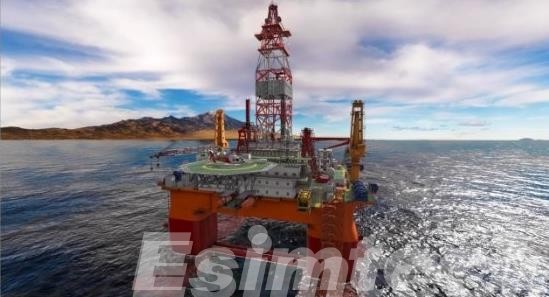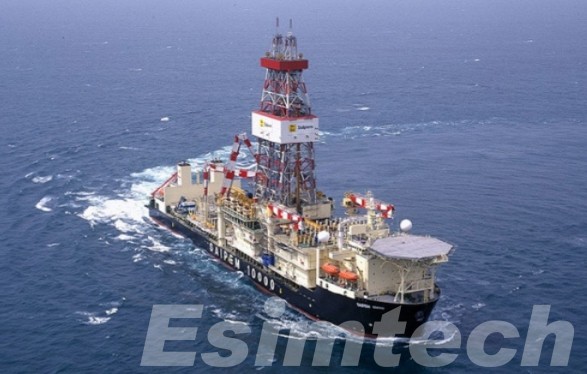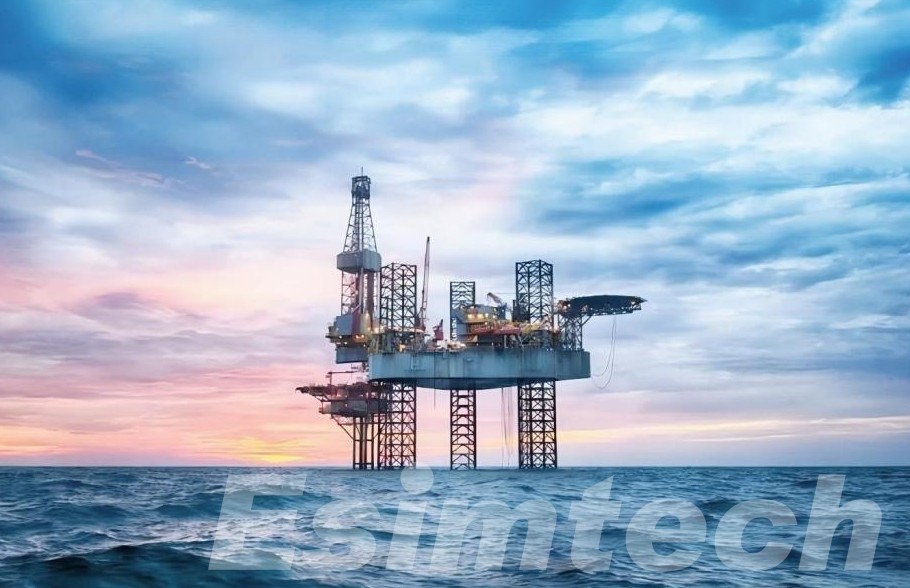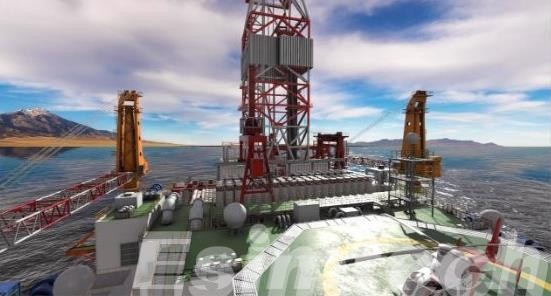What Are the Benefits and Risks of Offshore Drilling
Offshore drilling, the extraction of oil and gas reserves from beneath the seabed, has long been a contentious topic. On one hand, it promises vast energy resources, economic growth, and job opportunities. On the other hand, it poses substantial environmental and safety risks. This article delves into the benefits and risks associated with offshore drilling, shedding light on the complex factors at play in this critical industry, and search the effective way to balance the benefits and risks of offshore drilling.

The Benefits of Offshore Drilling
Resource Accessibility
One of the primary advantages of offshore drilling lies in its ability to access otherwise untapped hydrocarbon reserves located beneath the seabed. These reserves are often vast and represent a vital resource for meeting the world’s growing energy demands.
Economic Growth
The offshore oil and gas industry is a powerful economic engine. It creates employment opportunities, stimulates local economies, and attracts substantial investments in infrastructure, technology, and skilled labor.
Energy Security
Offshore drilling can significantly enhance a country’s energy security. By developing its offshore oil and gas resources, a nation can reduce its dependence on foreign energy sources, mitigating the risk of supply disruptions and geopolitical tensions.
Environmental Stewardship
The modern offshore drilling industry prioritizes environmental responsibility. Stringent regulations, rigorous safety protocols, and innovative spill prevention measures help minimize the environmental impact and reduce the risk of oil spills.
Revenue Generation
Governments often benefit immensely from offshore drilling activities through taxation, royalties, and lease agreements. The revenue generated can be channeled into funding public services, essential infrastructure projects, and social programs.
Technological Innovation
Offshore drilling drives innovation in the energy sector. Advancements in drilling technologies, equipment, and safety practices developed for offshore projects often find applications in other industries, fostering broader technological progress.

Diversification of Energy Sources
Offshore drilling allows for the diversification of a country’s energy sources. By tapping into offshore oil and gas reserves, nations can balance their energy portfolios, reducing reliance on a single energy type and facilitating a gradual transition to cleaner alternatives.
Increased Energy Supply
Offshore drilling significantly contributes to increasing the global energy supply. It enables countries to meet the rising energy demands of their populations, industries, and economies.
The Risks of Offshore Drilling
Offshore drilling, while offering significant economic and energy benefits, is not without its challenges and risks.
Environmental Concerns
a. Oil Spills: Arguably the most well-recognized hazard, oil spills possess the potential for catastrophic repercussions on marine ecosystems. Whether triggered by accidents, equipment malfunctions, or human oversights, these incidents can result in the substantial release of oil into the ocean, inflicting harm on marine life, coastal communities, and the tourism sector.
b. Habitat Disruption: Offshore drilling activities have the capacity to disrupt fragile marine environments, encompassing coral reefs, seagrass beds, and breeding grounds for various species. This disruption can yield enduring ecological consequences.
c. Pollution: Routine procedures, such as discharging wastewater and managing drilling mud, introduce pollutants into the marine environment. These pollutants have the potential to adversely affect marine life and degrade water quality over time.

Safety Hazards
a. Accidents and Blowouts: High-pressure drilling conditions create the potential for well blowouts, explosions, and fires. These incidents pose significant safety risks to workers and the environment.
b. Infrastructure Failures: Aging infrastructure, corrosion, and inadequate maintenance can lead to equipment failures, leaks, and structural issues, further jeopardizing safety.
c. Human Error: Mistakes made during drilling operations can have dire consequences. The risk of human error underscores the importance of comprehensive training and rigorous safety protocols.
Economic Vulnerability
a. Market Volatility: The offshore drilling industry is sensitive to fluctuations in global oil and gas prices. A sharp drop in prices can render offshore projects economically unviable, leading to financial losses and job cuts.
b. Investment Risks: Offshore drilling projects involve substantial upfront investments. Uncertainty in project outcomes, coupled with the long lead times required for offshore operations, can pose financial risks for investors and companies.
Regulatory and Legal Hurdles
a. Multifaceted Regulations: The world of offshore drilling operates within a labyrinth of intricate regulations spanning local, national, and international jurisdictions. Navigating this regulatory landscape can be daunting, with non-compliance carrying the potential for penalties and legal obligations.
b. Legal Disputes and Compensation: Should accidents or spills occur, offshore drilling enterprises may find themselves entangled in protracted legal battles, dealing with damage claims, and shouldering the financial burden of extensive cleanup operations.

How to balance the benefits and risks of offshore drilling?
Balancing the benefits and risks of offshore drilling requires a comprehensive approach, including the integration of drilling simulation technology:
1.Technological Advancements: Invest in research and technology development for safer drilling techniques. Drilling simulation enables testing and optimization of innovations in a virtual environment.
2. Drilling Simulation: Enhance safety and preparedness through realistic simulations. This tool allows personnel to practice emergency response procedures, well control techniques, and safety protocols.
3. Stringent Regulations: To guarantee safety and protect the environment, governments must establish and rigorously enforce strict regulations. The utilization of drilling simulations plays a pivotal role in training personnel to adhere to these regulations, fostering a culture of safety.
4. Investment in Clean Energy: To mitigate environmental risks effectively, consider investing in clean and renewable energy sources. Drilling simulation can also be applied to training for renewable energy installations, ensuring safety and operational efficiency.
5. Environmental Impact Assessments: Before initiating drilling operations, conduct comprehensive environmental impact assessments to identify potential risks and plan appropriate mitigation measures. Drilling simulation can simulate and model the potential environmental impact, aiding in well-informed decision-making processes.
6. Monitoring and Transparency: It is crucial to maintain regular monitoring of drilling activities and promote transparency through accurate reporting. Drilling simulation technology offers real-time data and valuable insights into the intricacies of drilling operations.
Conclusion
A complex enterprise with both enormous rewards and risks, offshore drilling. Drilling can be profitable economically, but doing so must be balanced with protecting the environment and local populations. To do this, responsible procedures, strict laws, cutting-edge technology, and a dedication to sustainability are necessary. Offshore drilling’s future depends on a multidimensional strategy that prioritizes environmental stewardship, makes sure the benefits are shared fairly, and reduces associated risks.
